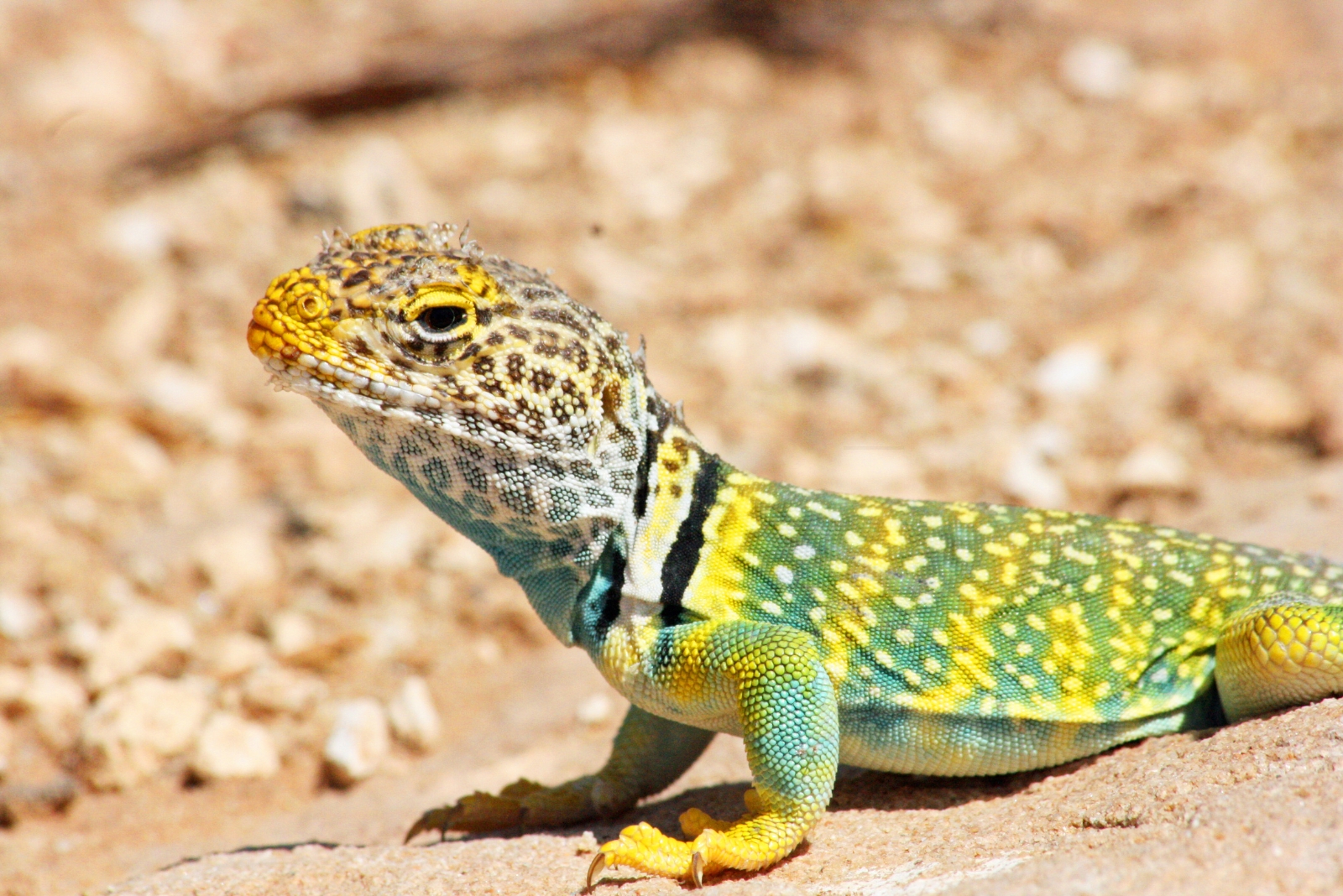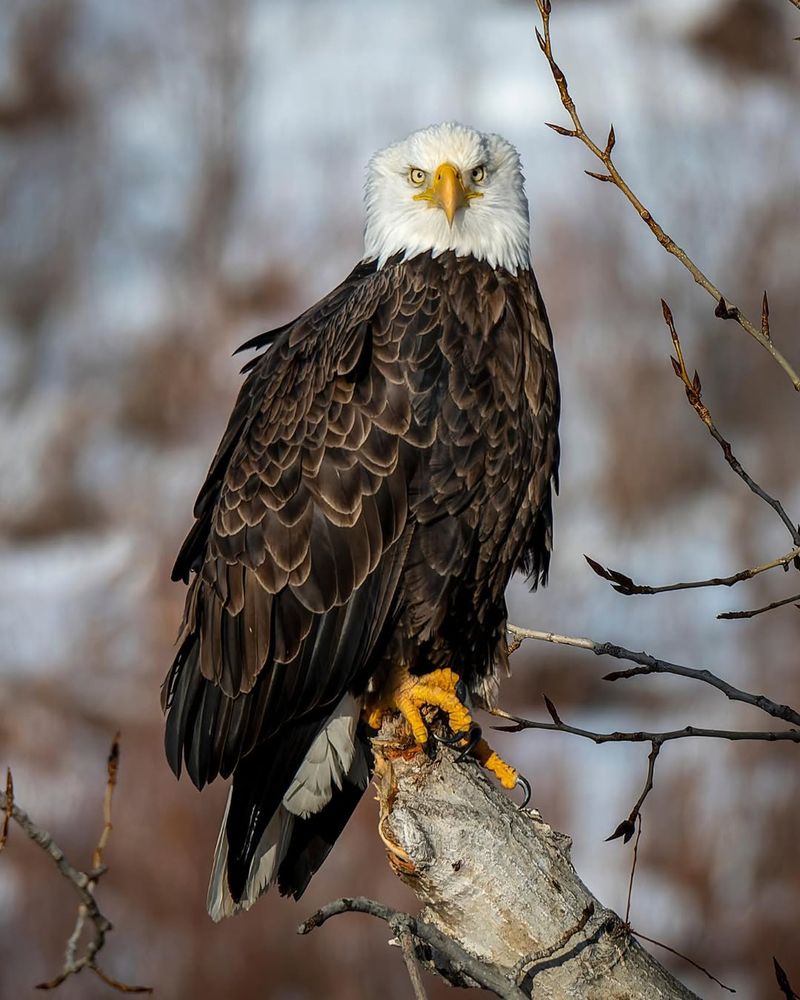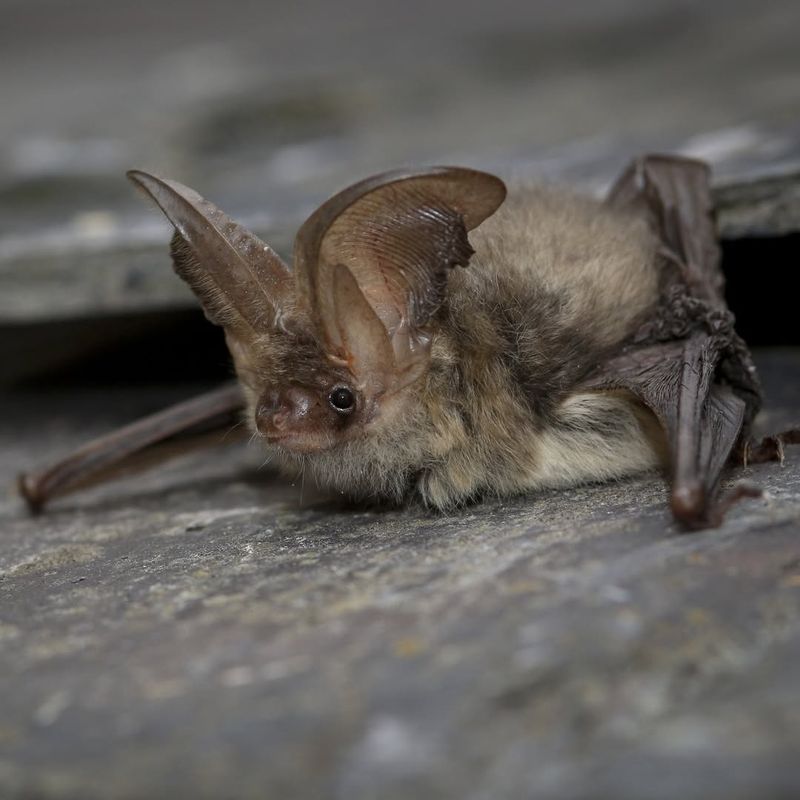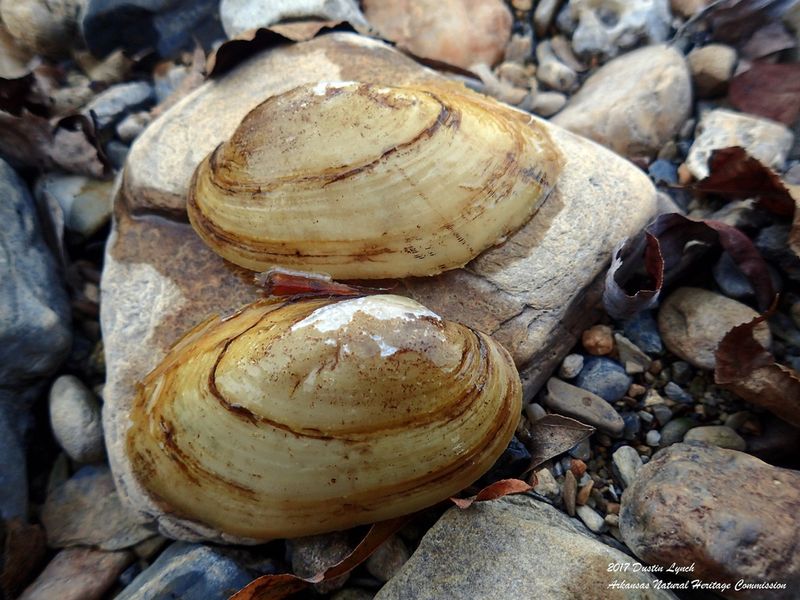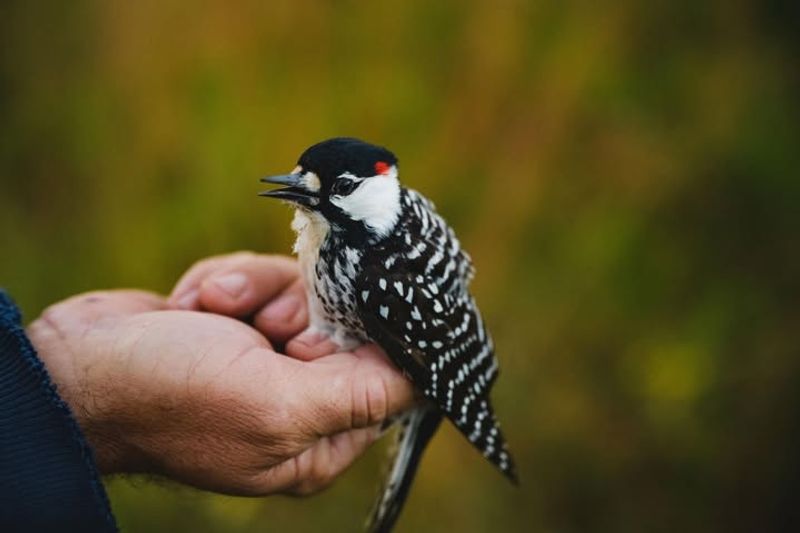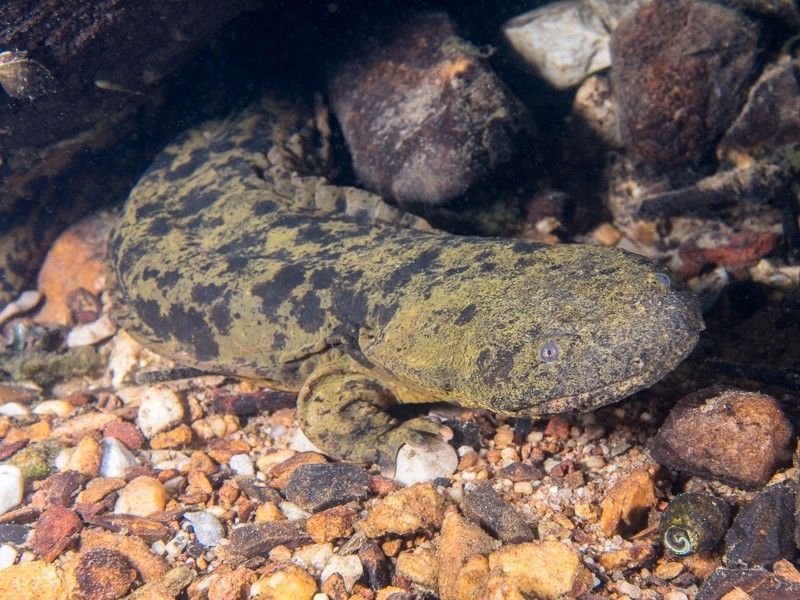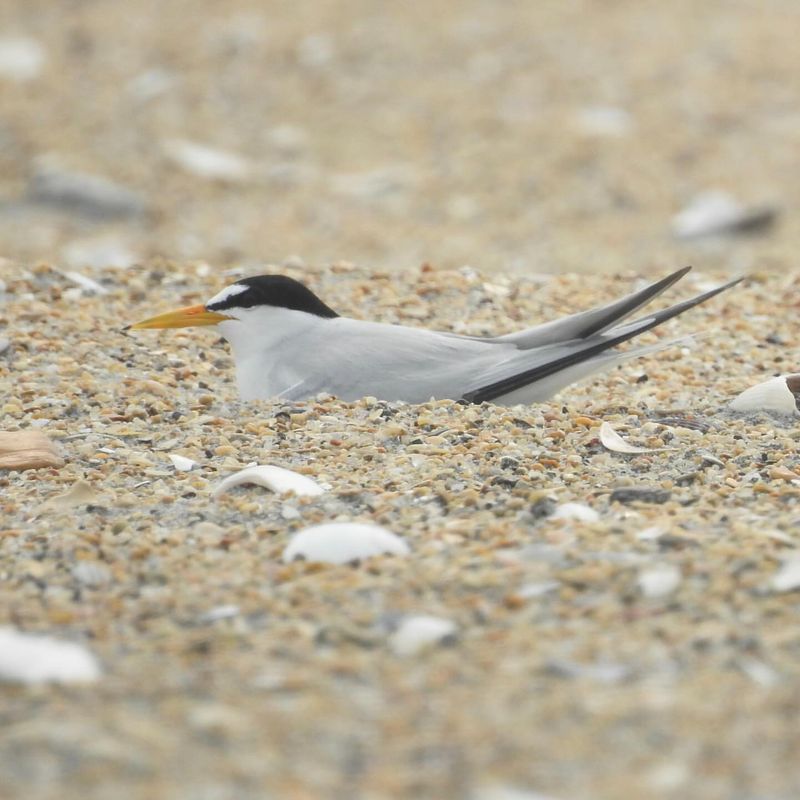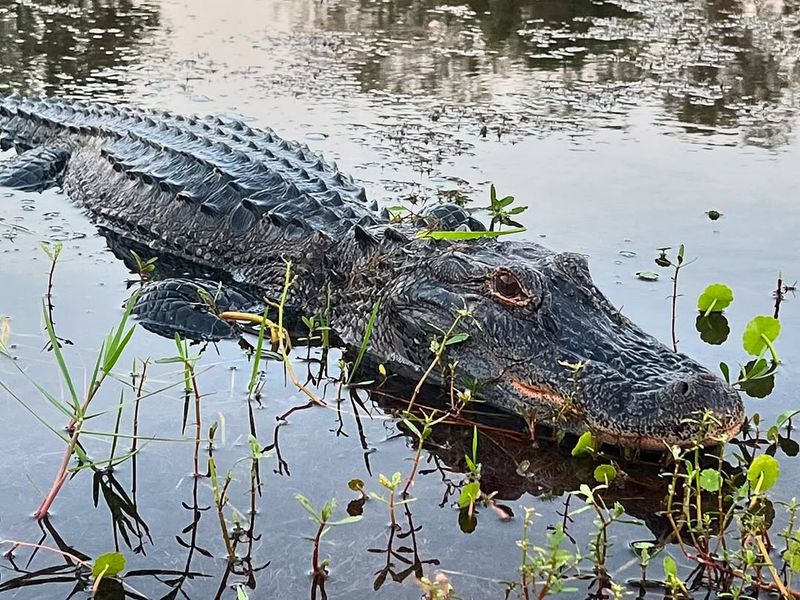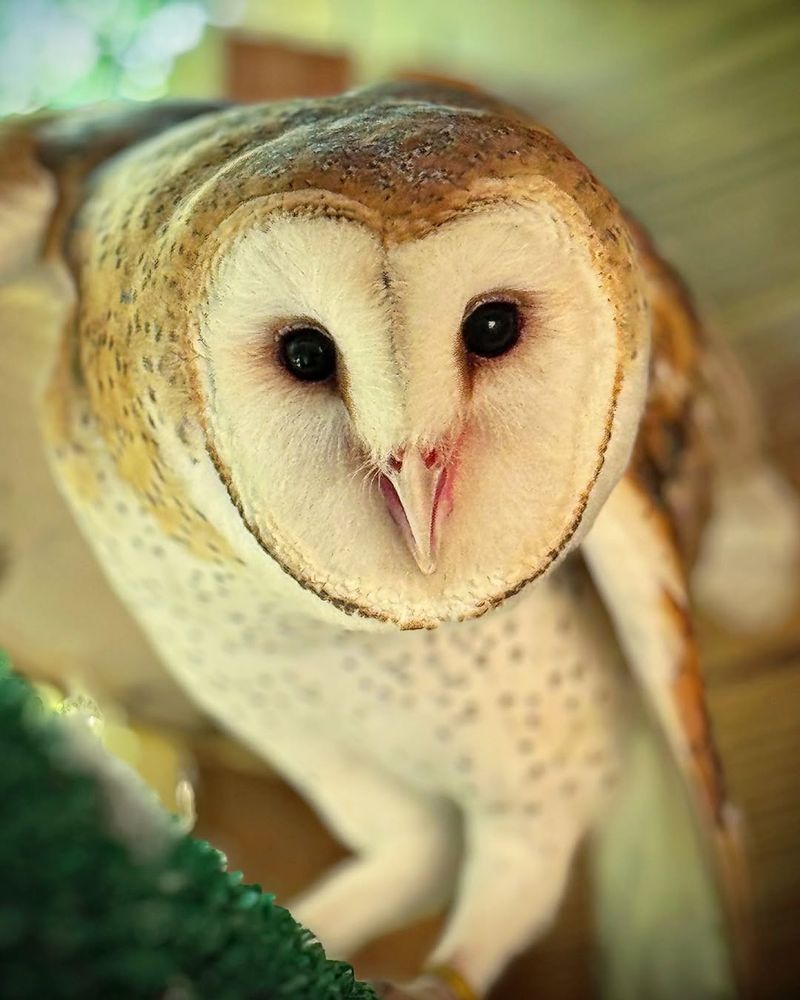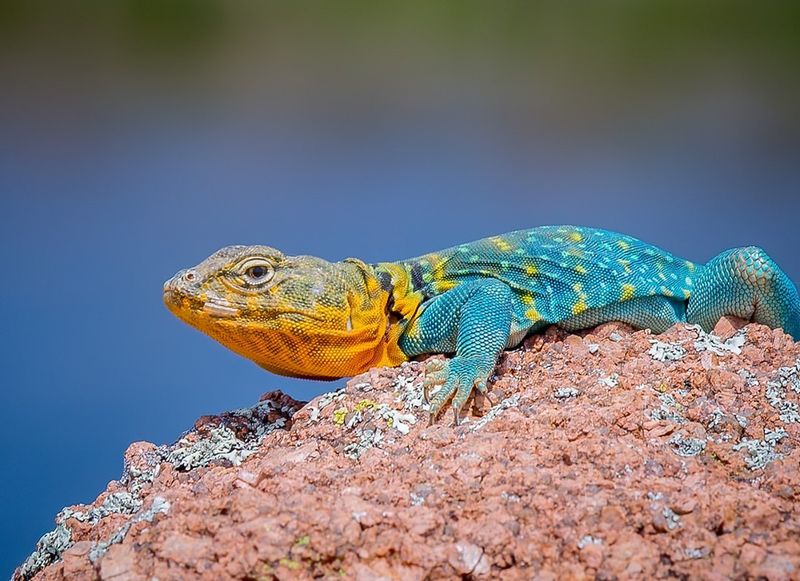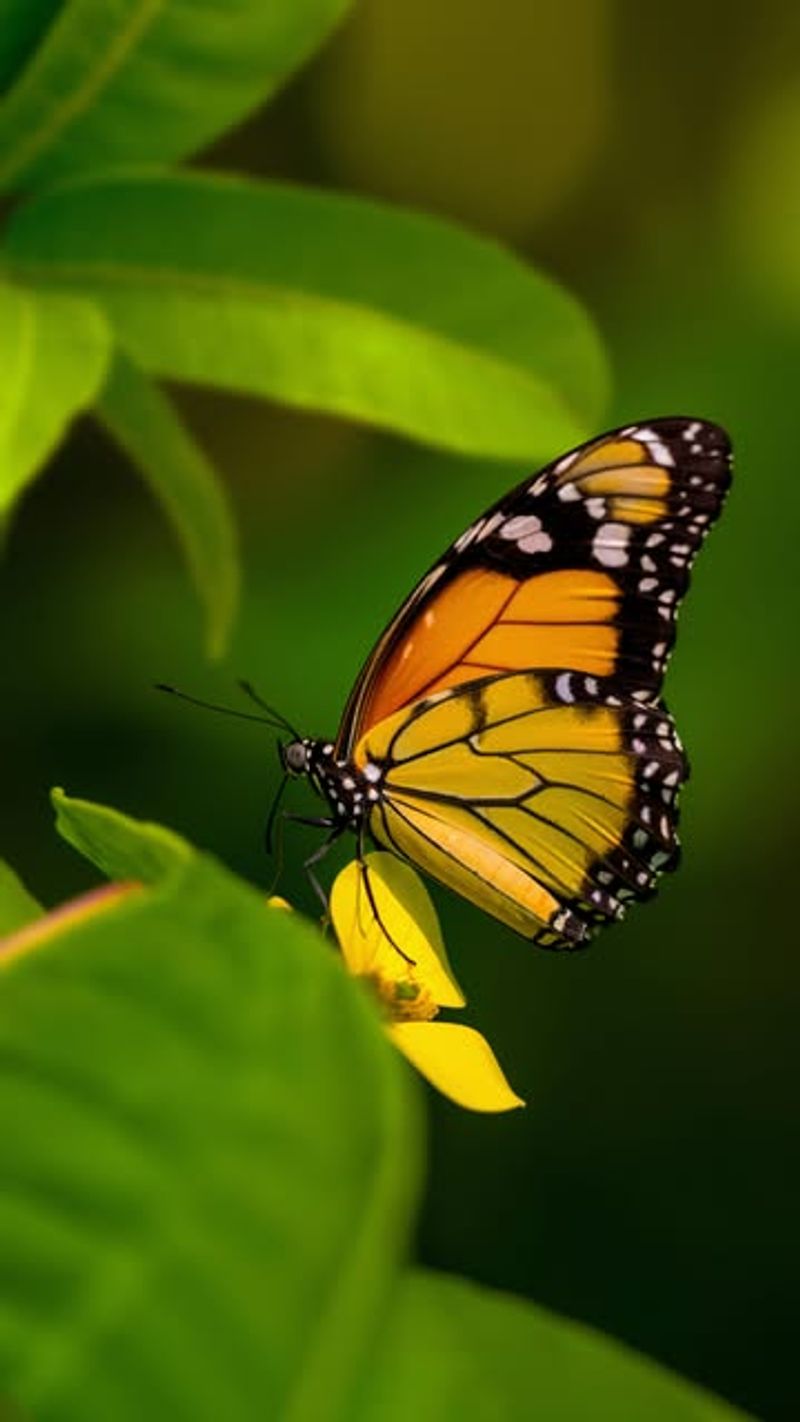If it crawls, slithers, or swoops into your Arkansas yard, your first instinct might be to show it the door. But here’s the rub — not every backyard visitor is yours to boot.
A handful of creatures are legally protected, meaning you’ll need to grin and bear it while they make themselves at home. Before you try to reclaim your space, it pays to know which critters the law calls untouchable.
1. Bald Eagles: America’s Protected Symbol
Spotting a bald eagle on your property might feel like winning the wildlife lottery! These majestic birds are protected under multiple federal laws, including the Bald and Golden Eagle Protection Act.
Even if one builds a nest in your tree, it’s hands-off by law. Penalties for disturbing these national symbols can reach $100,000 with potential jail time. Instead of removal, consider yourself lucky to host America’s iconic bird.
2. Northern Long-eared Bats: Nighttime Neighbors
Found a colony of bats in your attic? If they’re Northern Long-eared Bats, you’ll need to leave them be. These nocturnal creatures are federally protected as a threatened species due to a devastating fungal disease called White-nose Syndrome.
Rather than evicting these beneficial insect-eaters, contact Arkansas Game and Fish Commission for guidance. They might help install bat houses nearby as an alternative roost while protecting these important pollinators and pest controllers.
3. Arkansas Fatmucket Mussels: Underwater Protectors
Ever notice unusual shells in your pond or creek? The Arkansas Fatmucket mussel might look unimpressive, but this endangered freshwater filter-feeder has strict legal protection.
Landowners with streams or ponds containing these native mussels cannot remove or disturb them without special permits. Each mussel filters gallons of water daily, improving water quality naturally. The Arkansas Natural Heritage Commission monitors their populations closely to prevent further decline.
4. Red-cockaded Woodpeckers: Forest Architects
That persistent tapping sound might be coming from a legally protected neighbor! Red-cockaded woodpeckers are endangered birds that create unique cavity nests in mature pine trees.
If these distinctive black and white birds with red marks establish nests on your wooded property, federal law prohibits disturbing them or their habitat. These specialized woodpeckers prefer longleaf pines at least 80-120 years old. Their presence actually indicates a healthy forest ecosystem.
5. Ozark Hellbenders: Secretive Stream Dwellers
Looking like something from a monster movie, the Ozark Hellbender salamander grows up to two feet long! These rare aquatic amphibians inhabit cold, clear streams in northern Arkansas.
Despite their intimidating appearance, hellbenders are harmless and legally protected as an endangered species. Landowners with streams containing these unusual creatures must leave them undisturbed. Their declining numbers make each individual crucial for species survival.
6. Interior Least Terns: Riverside Residents
Small but fiercely protected, Interior Least Terns nest along Arkansas’s major rivers on sandbars and gravel banks. These migratory birds with black-capped heads and yellow bills are federally endangered.
Property owners along rivers cannot disturb nesting areas during breeding season (May-August). The birds lay camouflaged eggs directly on the ground, making nests easy to miss. Conservation efforts have helped populations recover somewhat, but legal protections remain strict.
7. American Alligators: Prehistoric Pond Dwellers
Finding an alligator in your backyard pond might be terrifying, but these reptiles are protected by Arkansas law. Once endangered, alligators have rebounded but remain regulated as a species similar in appearance to endangered crocodilians.
Only certified wildlife specialists can legally remove nuisance alligators. If one appears on your property, maintain a safe distance and contact Arkansas Game and Fish immediately. They’ll assess whether relocation is necessary while ensuring these ancient predators remain protected.
8. Barn Owls: Ghostly Guardians
Those eerie screeches from your barn or shed might come from legally protected barn owls. With heart-shaped faces and ghostly white plumage, these nocturnal birds are non-game protected species in Arkansas.
Farmers particularly benefit from their presence as each owl can consume over 1,000 rodents annually. Instead of eviction, consider installing owl boxes nearby as alternative housing. The Arkansas Raptor Center can provide guidance on coexisting with these beneficial predators.
9. Eastern Collared Lizards: Rainbow Runners
Often called “mountain boomers,” these colorful lizards with vibrant blue bodies and yellow heads are protected in Arkansas. Eastern Collared Lizards inhabit rocky outcroppings and glades, particularly in the Ozark highlands.
Despite their harmless nature, state regulations prohibit capturing or relocating them without permits. When running, they rise on hind legs like miniature dinosaurs! Homeowners with rocky landscapes should appreciate these insect-eaters from a respectful distance.
10. Monarch Butterflies: Protected Pollinators
The iconic orange and black Monarch butterfly recently gained new protections in Arkansas. These remarkable insects migrate thousands of miles annually between Mexico and the United States.
Homeowners cannot deliberately destroy milkweed plants hosting Monarch eggs or caterpillars. Conservation efforts encourage planting native milkweed varieties to support their life cycle. The Arkansas Monarch Conservation Partnership provides resources for creating butterfly-friendly gardens while respecting legal protections for this declining species.

